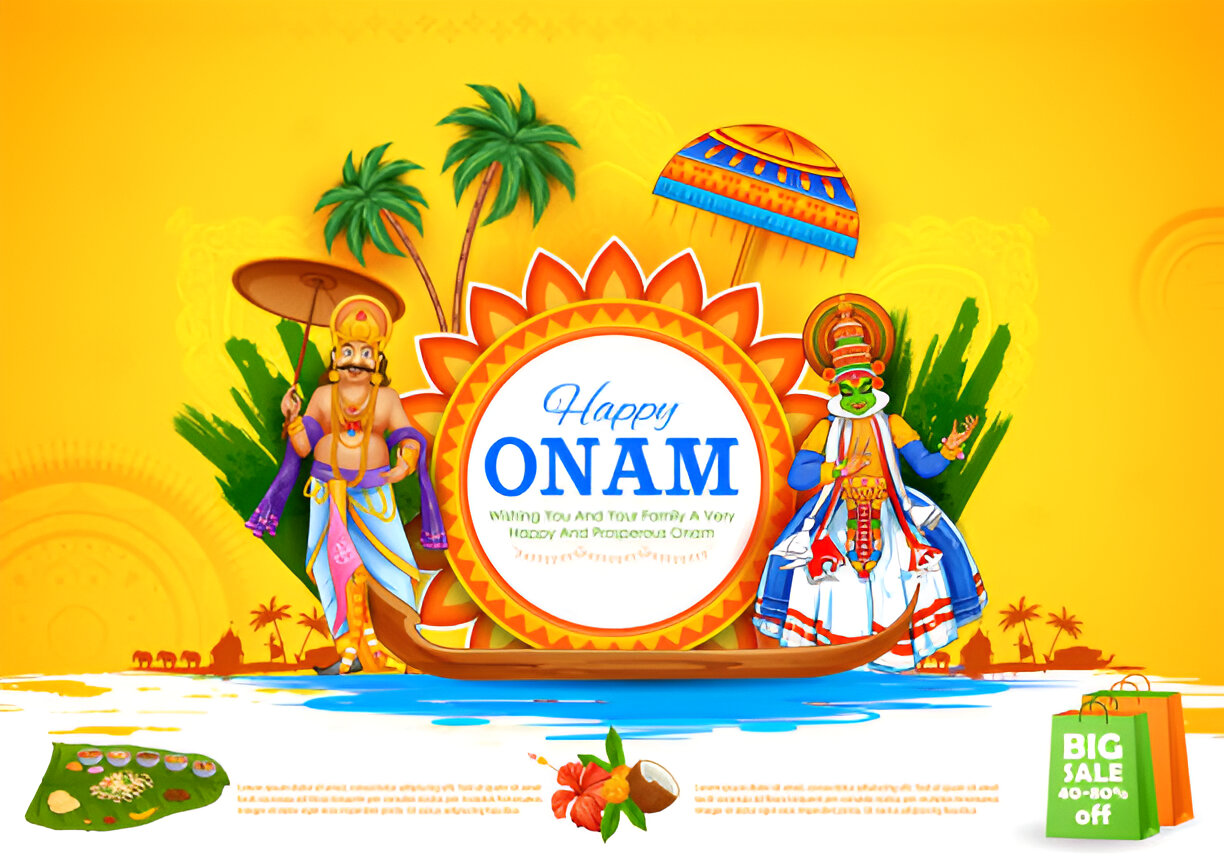The Spirit of Onam
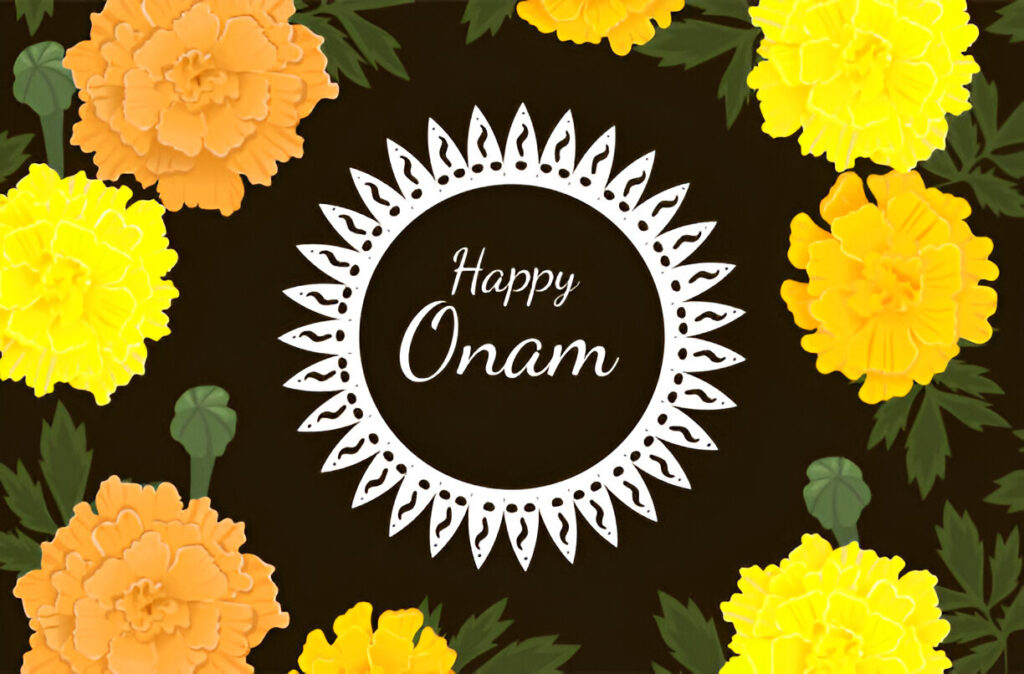
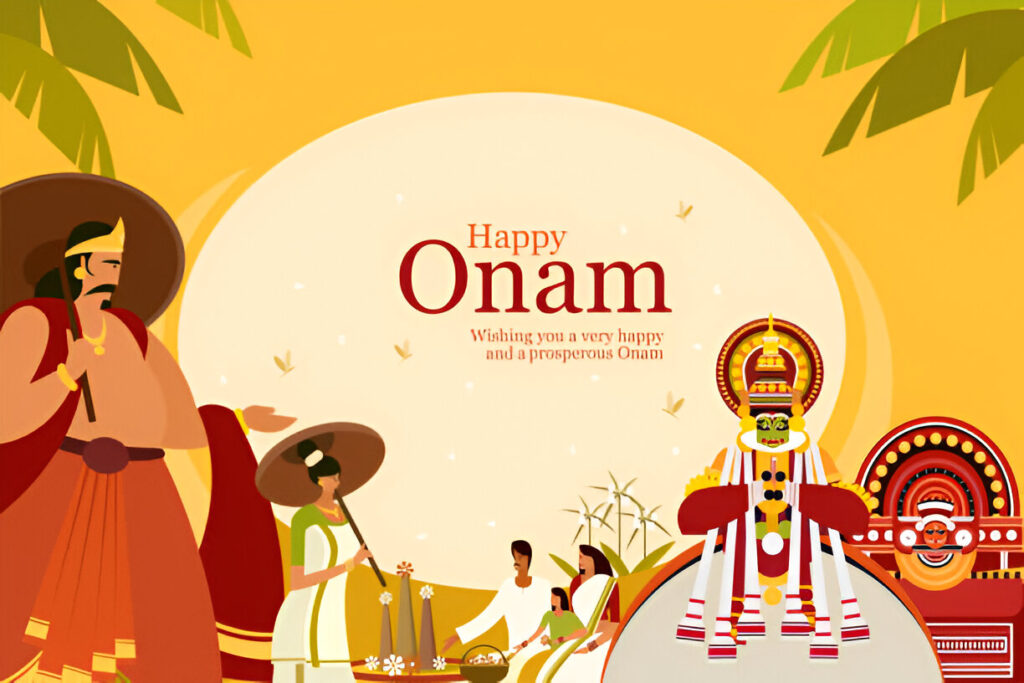
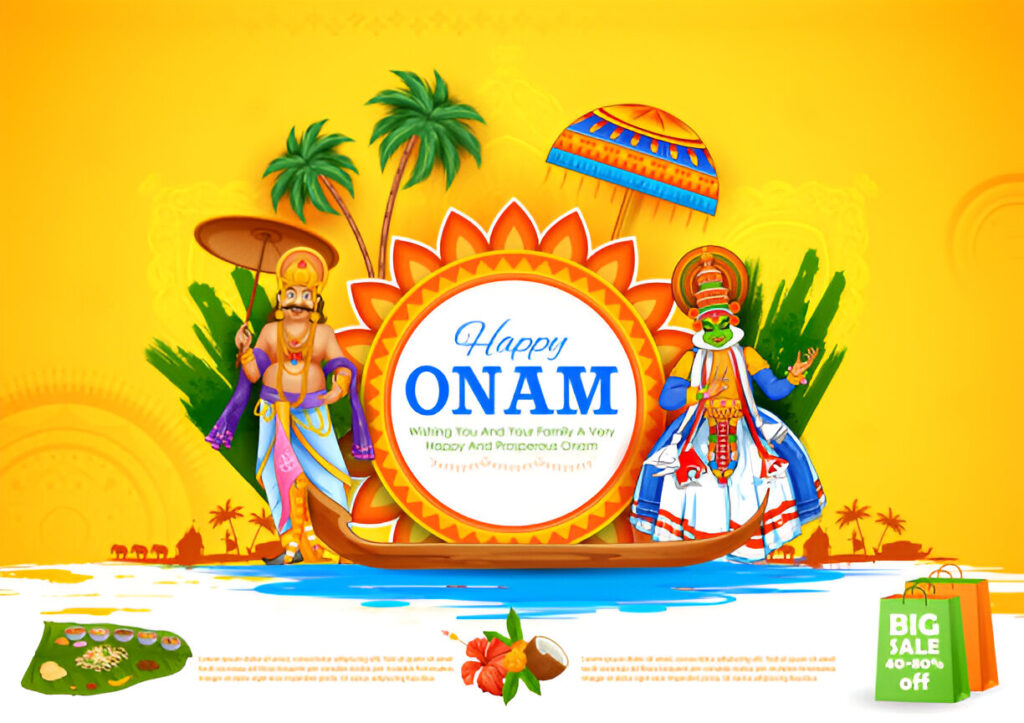
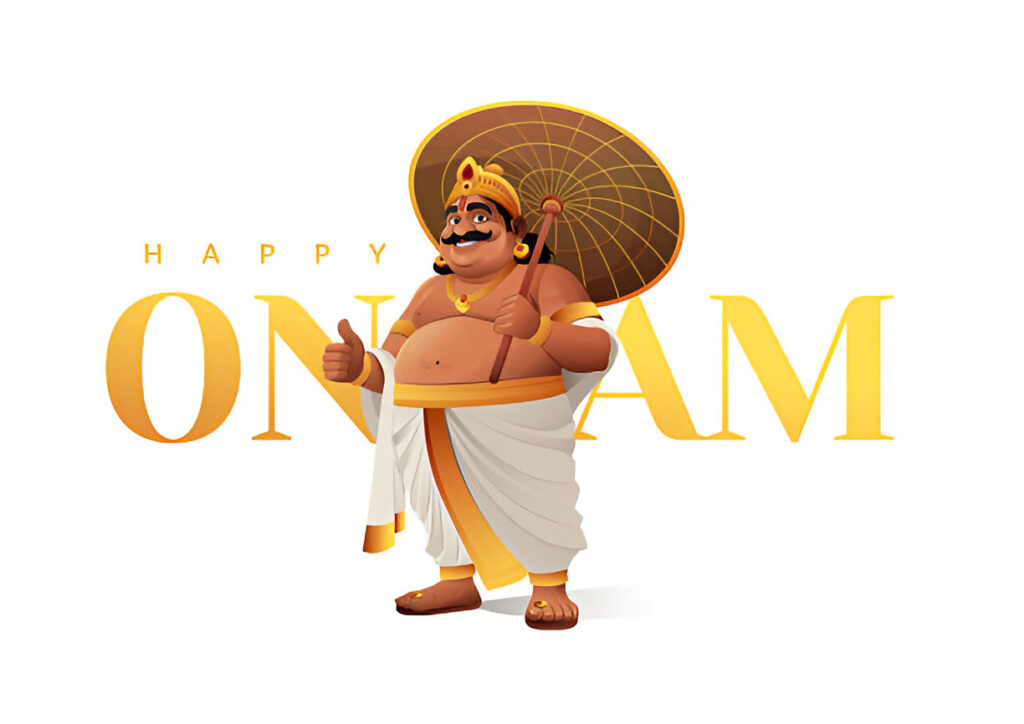
Among the many festivals celebrated in India, Onam holds a very special place. Rooted in the lush green land of Kerala, this harvest festival goes beyond rituals—it is a celebration of prosperity, gratitude, and unity. For Keralites around the world, Onam is not just a festival but an emotion, a bridge to their culture, and a reminder of the legendary king Mahabali, whose spirit is welcomed back home each year with joy.
But what truly defines Onam is not only the festivities on the main day. The beauty lies in the preparations that begin weeks before—from cleaning homes to designing pookalam (floral carpets), from buying traditional clothes to cooking the grand Onam Sadya (feast), and from community gatherings to temple visits. These preparations themselves are a journey that transforms ordinary days into moments of togetherness.
This detailed guide will walk through how to prepare for Onam step by step, weaving tradition, culture, and modern lifestyle into one long narrative.
The Cultural Meaning of Onam Preparations
Onam is celebrated to honor King Mahabali, the mythical ruler of Kerala, whose reign was marked by peace, prosperity, and equality. According to legend, his annual visit is marked by people decorating their homes, wearing new clothes, cooking grand meals, and celebrating with cultural events so he can see his land flourish.
Thus, Onam preparations are symbolic:
- Cleaning homes = purity and readiness to welcome prosperity.
- Floral decorations = love for nature and gratitude for the harvest.
- Sadya (feast) = sharing abundance with family and neighbors.
- Games & arts = honoring traditions and strengthening community ties.
Step 1: Cleaning and Decorating Homes

Just like Diwali in North India, Onam begins with home cleaning rituals. Families deep-clean their homes, remove clutter, and repaint walls if needed. This ritual is called Onakkazhcha, symbolizing a fresh start.
- Decluttering: Removing broken items and old clothes.
- Polishing utensils: Brass and copper vessels are shined.
- Temple area: The pooja corner is decorated with lamps, flowers, and banana leaves.
Once clean, homes are decorated with pookalam, the iconic floral carpet.
Step 2: Designing the Pookalam (Floral Rangoli)
The pookalam is the centerpiece of Onam preparation. It is a circular, colorful design made with fresh flowers placed at the entrance of homes.
- Day 1 (Atham): Small design with one flower.
- Day 10 (Thiruvonam): Grand, multi-layered floral carpet with intricate patterns.
Preparation involves:
- Collecting flowers like marigold, jasmine, and chrysanthemums.
- Using chalk outlines to design patterns.
- Children and elders together arranging petals carefully.
In modern times, eco-friendly powders and pre-arranged kits are used, but the essence of community effort remains unchanged.
Step 3: Onakkodi – Buying New Clothes
Onam is incomplete without Onakkodi, the tradition of wearing new clothes. Families prepare weeks in advance, shopping for the iconic Kasavu saree for women and Mundu (dhoti) for men.
- Women choose cream-colored sarees with golden borders.
- Men wear traditional dhotis paired with crisp shirts.
- Children receive small gifts of clothes, symbolizing prosperity.
This tradition reflects equality—everyone, regardless of age or status, wears new attire to welcome King Mahabali.
Step 4: Preparing the Onam Sadya (Feast)

The heart of Onam preparations is the Sadya, a grand vegetarian feast served on banana leaves with up to 26–30 dishes. Weeks before the festival, households plan the menu, buy ingredients, and even test recipes.
Key Dishes of Sadya:
- Rice (the base).
- Sambar, Rasam, Parippu (dal with ghee).
- Avial (vegetable mix with coconut).
- Thoran (stir-fried vegetables with coconut).
- Olan (ash gourd with coconut milk).
- Pachadi & Kichadi (curd-based side dishes).
- Pickles, Papadam, Banana chips.
- Payasam (desserts like Ada Pradhaman, Pal Payasam).
Preparation includes:
- Buying fresh vegetables from local markets.
- Stocking up on banana leaves.
- Assigning duties within families (elders cook, youngsters serve).
The Sadya is not just food—it is an expression of gratitude to the harvest and unity among people.
Step 5: Community Preparations – Art, Dance & Games
Onam preparations go beyond homes into community spaces. Villages, schools, and organizations begin rehearsing traditional performances:
- Kathakali and Theyyam: Dance-drama forms retelling legends.
- Thiruvathirakali: Women’s group dance around lamps.
- Pulikali (Tiger Dance): Men painted as tigers dancing to beats.
- Vallamkali (Boat Races): Snake boat races practiced weeks in advance.
Families prepare by enrolling children in local cultural groups, ensuring traditions are passed on.
Step 6: Markets and Shopping Preparations
In Kerala, markets come alive before Onam. Families prepare by shopping for:
- Fresh flowers for pookalam.
- Spices, coconuts, and jaggery for Sadya.
- Gold jewelry, considered auspicious.
- Household items, furniture, and electronics (modern trend).
Retailers launch Onam sales, making this season one of the busiest shopping periods of the year.
Step 7: Preparing for Rituals and Prayers

Onam also has a spiritual side. Families prepare by:
- Visiting temples in new clothes.
- Offering special pujas to Lord Vishnu (as Vamana avatar).
- Lighting lamps at home during evenings of the 10-day festival.
These preparations bring balance between material celebrations and spiritual reflection.
Step 8: Preparing for Guests and Hospitality
Onam is a time when families reunite. Preparations include:
- Cleaning guest rooms.
- Preparing extra portions of Sadya.
- Exchanging gifts like banana chips, payasam mixes, or clothes.
Hospitality reflects Kerala’s culture of Athithi Devo Bhava (Guest is God).
Step 9: Eco-Friendly and Modern Preparations
With environmental awareness, modern families prepare for Onam in sustainable ways:
- Using organic flowers for pookalam.
- Preparing Sadya with local, farm-fresh vegetables.
- Avoiding plastic decorations, opting for coconut leaf décor.
- Digital family calls and virtual pookalam competitions for those abroad.
Thus, Onam evolves while respecting tradition.
Emotional and Social Preparation
Perhaps the most beautiful preparation for Onam is emotional. Families prepare their hearts by forgiving past conflicts, reconnecting with distant relatives, and cherishing togetherness. The spirit of Onam lies in unity, gratitude, and inclusivity—values that require preparation of the mind as much as the home.
Preparation is Celebration
The grandeur of Onam does not arrive overnight. It is built slowly through cleaning, decorating, cooking, shopping, practicing, and loving. Each step of preparation is in itself a celebration—a ritual that strengthens family bonds, preserves traditions, and honors the spirit of prosperity.
When homes glow with lamps, when families gather around a banana leaf Sadya, when communities dance and sing together—Onam becomes more than a festival. It becomes a lived experience of harmony and gratitude.
To prepare for Onam is to prepare for joy, prosperity, and unity itself.

